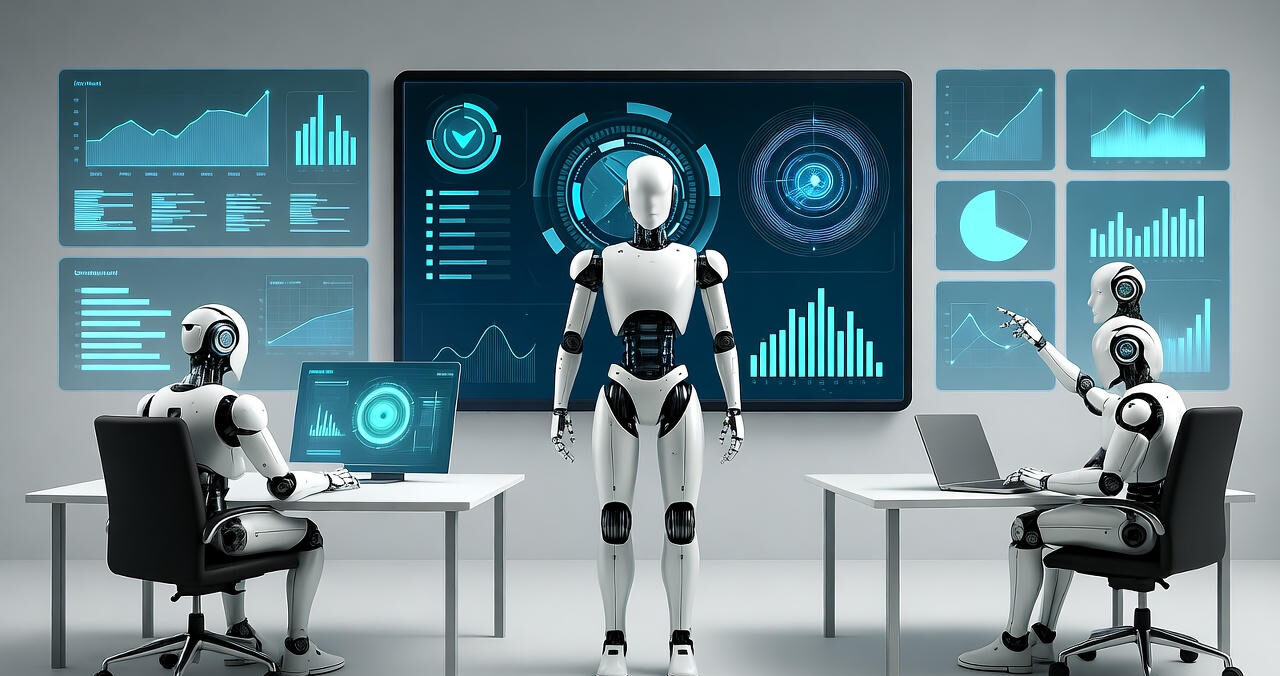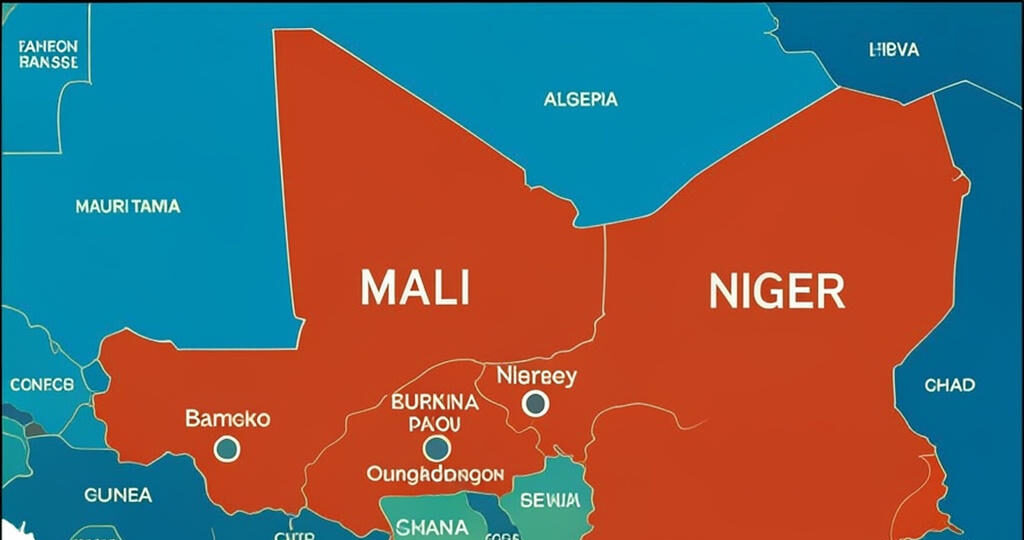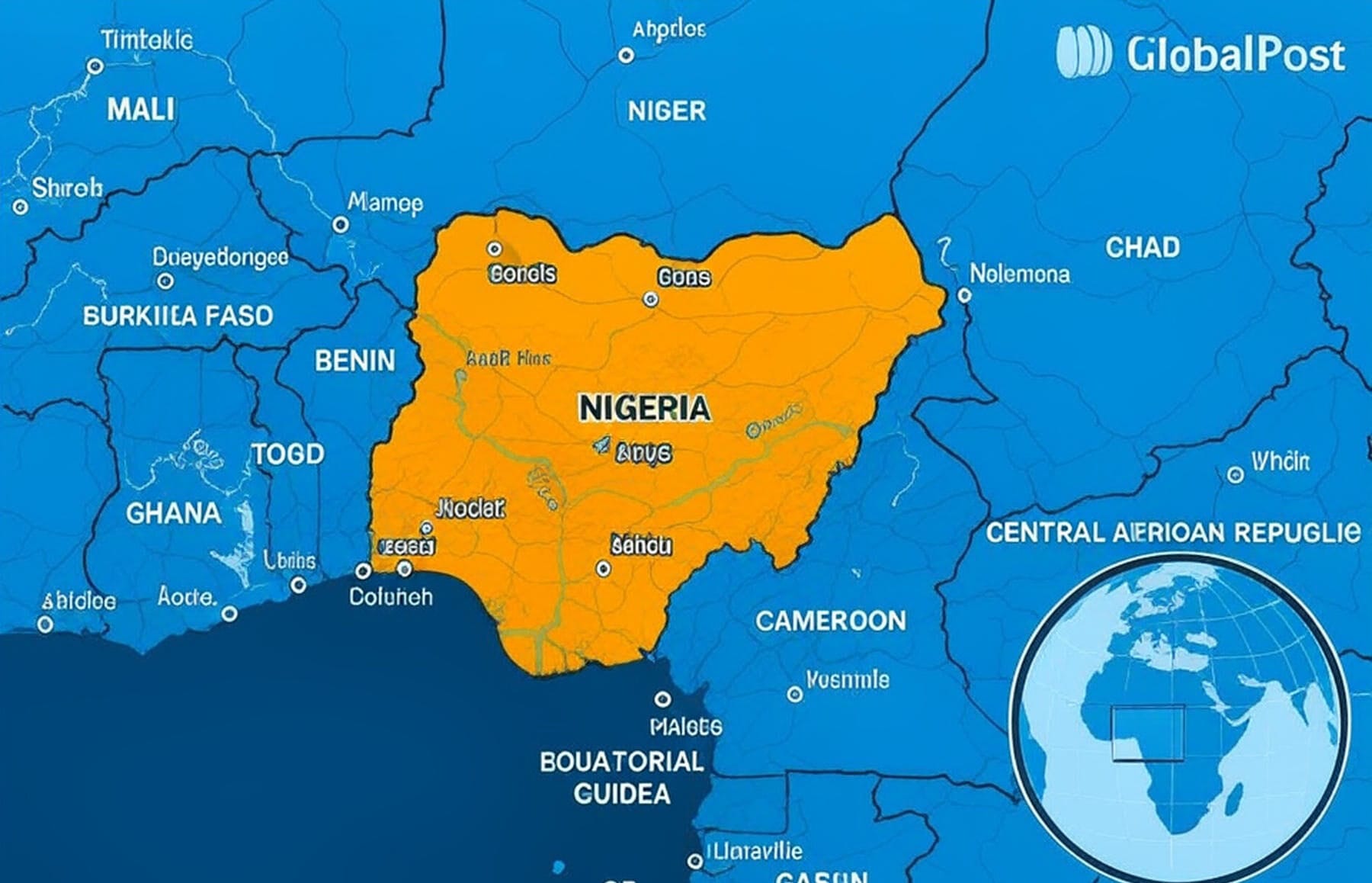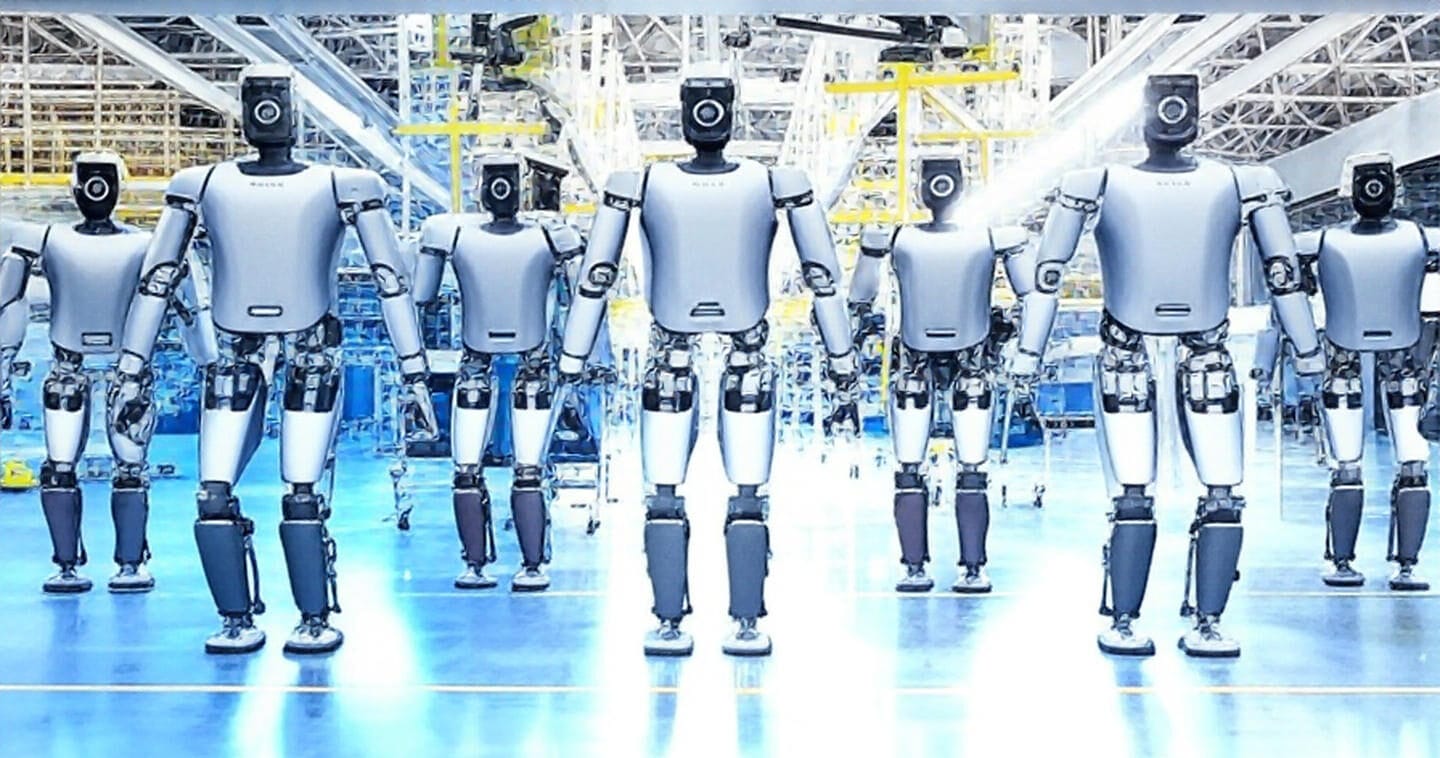
In August 2025, Beijing became the epicenter of technological advancement, hosting the World Robotic Conference and the inaugural World Humanoid Robot Games. These landmark events showcased China’s strides in robotics and artificial intelligence, drawing global attention to its innovative ecosystem. By presenting state-of-the-art technologies and fostering international collaboration, China Robotics 2025 highlighted the nation’s vision to lead the global robotics frontier.
Shaping Industry Futures
The 10th World Robot Conference (WRC) took place from August 8 to 12, 2025, at the Beiren Yichuang International Convention and Exhibition Center in Beijing. It showed how seriously China is moving forward with robotics.Organized by the Chinese Institute of Electronics and the World Robot Cooperation Organization, the event embraced the theme “Open Innovation for a Shared Future.” It welcomed over 20,000 attendees, including 500 global experts from organizations such as the IEEE Robotics and Automation Society and the Japan Robotics Society, fostering dialogue on the future of intelligent automation.
Showcasing Technological Breakthroughs
The WRC’s expansive 50,000-square-meter exhibition hall featured over 200 companies, with nearly 50 specializing in humanoid robotics, unveiling more than 100 novel products. These included robotic systems for automated manufacturing and intelligent assistants for healthcare and logistics, reflecting China’s alignment with its “Made in China 2025” strategy. Industry forums explored global robotics policies and emerging trends, with the release of a 2024 industry development report providing a roadmap for AI-driven innovation.
- Highlight: Advanced humanoid robots demonstrated enhanced dexterity and AI integration.
Fostering Talent Through Competition
The World Robot Contest (WRCC) gathered more than 4,000 people from 20 different countries, who took part in competitions that checked how precise and smart their robots were. Events like the Brain-Computer Interface Challenge and Youth Innovation Contest encouraged groundbreaking solutions, while the Inclusive Robotics Competition emphasized accessibility, reinforcing China’s focus on inclusive technological progress.
Humanoid Robot Games
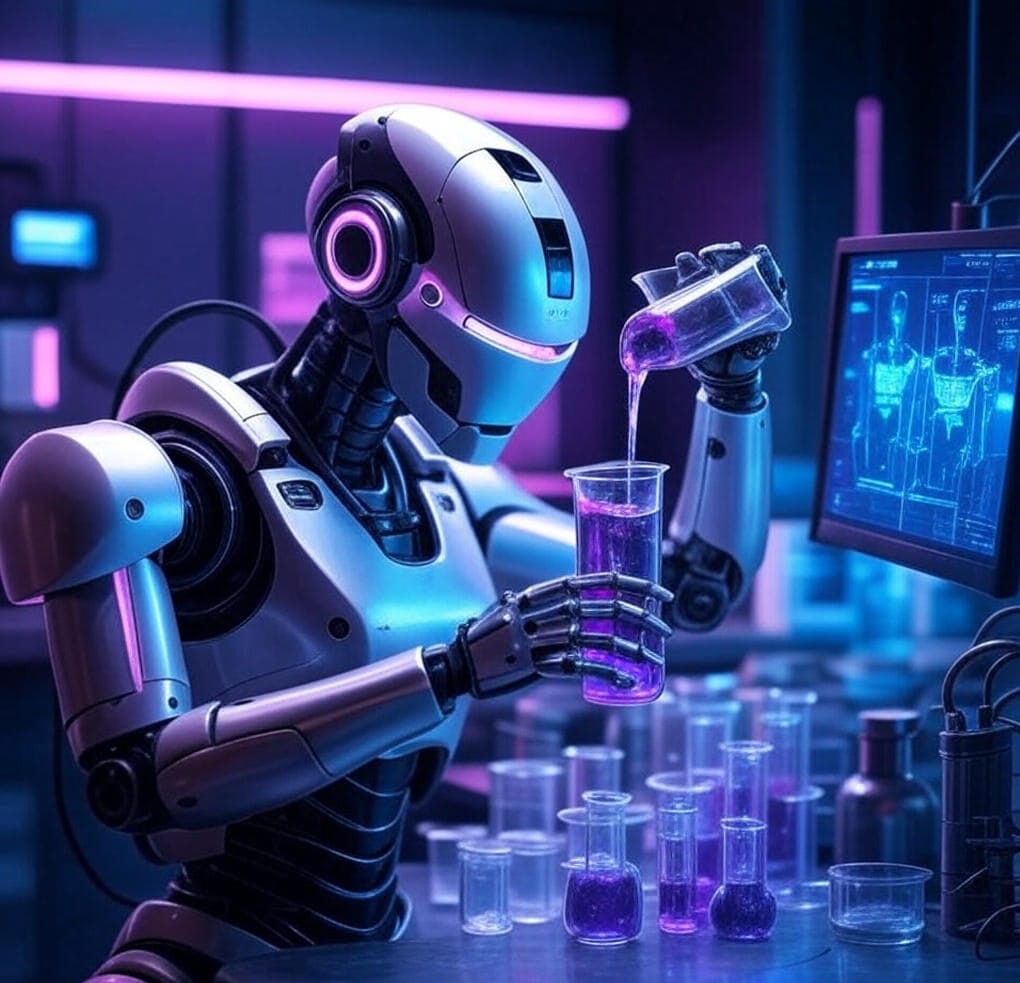
From August 14–17, 2025, Beijing’s National Speed Skating Oval, a legacy of the 2022 Winter Olympics, hosted the first World Humanoid Robot Games, earning the moniker “Robot Olympics.” Over 500 humanoid robots from 280 teams representing 16 nations, including the United States, Germany, and Japan, competed in 26 diverse events, offering a window into the capabilities and challenges of next-generation robotics.
Competition Highlights and Insights
The Games featured robots tackling athletic challenges, such as 400m and 1,500m races, alongside practical tasks like medical sorting. A standout performance saw Unitree’s H1 robot claim victory in the 1,500m race, clocking approximately 6:29, a notable achievement despite lagging behind human benchmarks. Another competitor, X-Humanoid, did very well in tasks that needed careful work and won several awards.Yet, incidents of robots stumbling in team-based events like soccer highlighted ongoing hurdles in achieving seamless mobility and coordination, providing valuable data for future advancements.
- Memorable Moment: A robotic “Terracotta Warriors” display enchanted spectators at the opening ceremony.
Cultural Impact and Strategic Ambitions
The Games blended technological innovation with cultural resonance, captivating audiences and signaling societal embrace of humanoid robots. Strategically, the event underscored China’s goal to dominate the global robotics market by 2027, bolstered by a proposed one-trillion-yuan (~$137 billion) investment fund and $20 billion in recent subsidies, positioning China as a powerhouse in the robotics supply chain.
China’s Blueprint for Robotics Leadership

The 2025 events reflect China’s strategic response to challenges like an aging workforce and global technological rivalry. By controlling a significant portion of the global robotics supply chain, China drives cost-effective innovation. However, experts suggest that while robots demonstrate impressive physical capabilities, their cognitive sophistication for real-world applications requires further development.
Global Influence and Future Horizons
China’s Robotics 2025 plan has made the country a top player in the world of robotics, encouraging teamwork and new ideas.The anticipated 2026 Humanoid Robot Games in Beijing will likely advance these efforts, refining technologies for broader integration into sectors like healthcare and manufacturing.
- Vision Forward: China aims to revolutionize industries with intelligent robotics.
